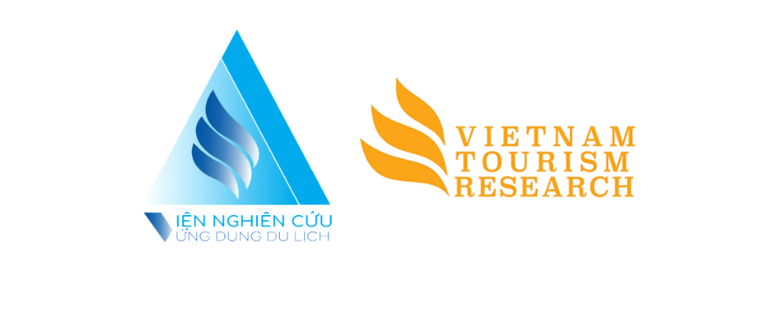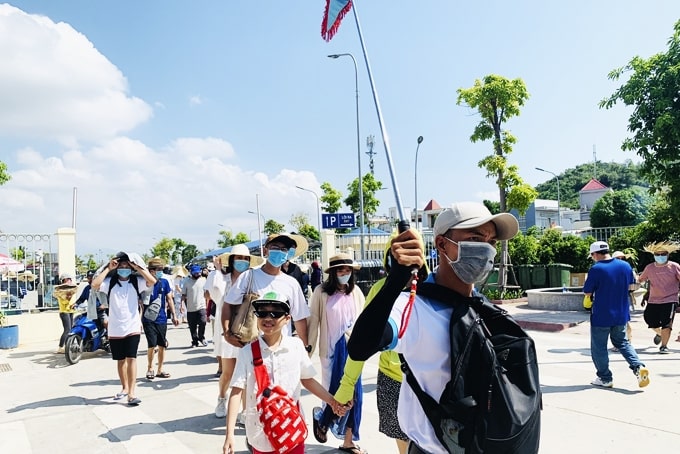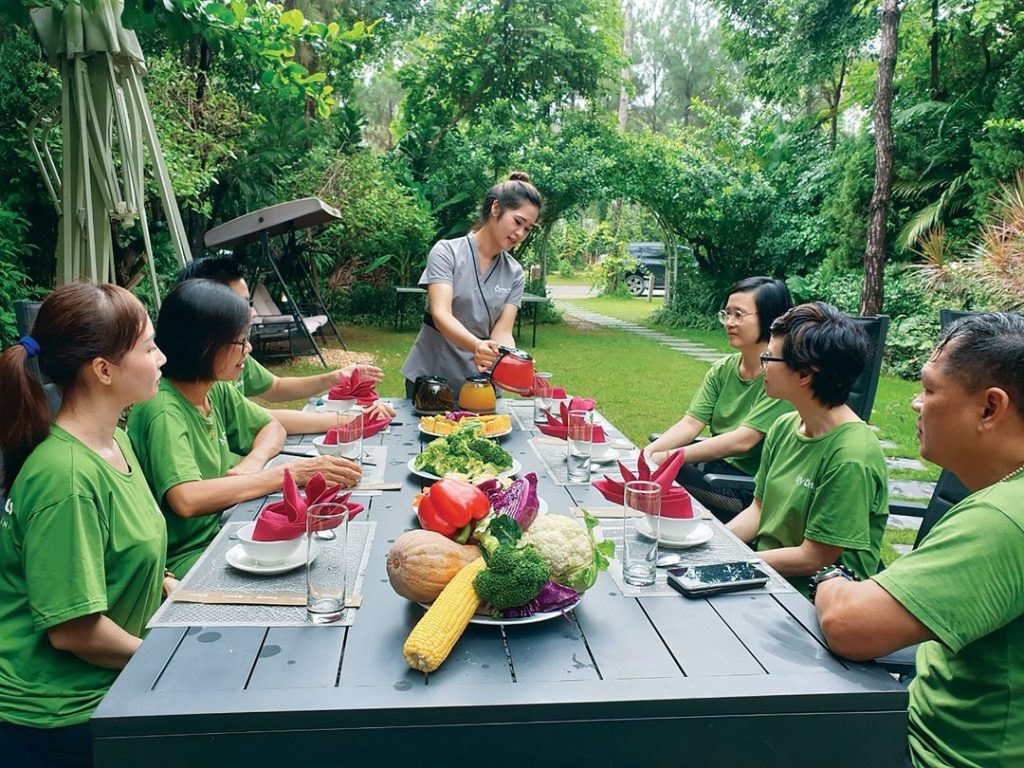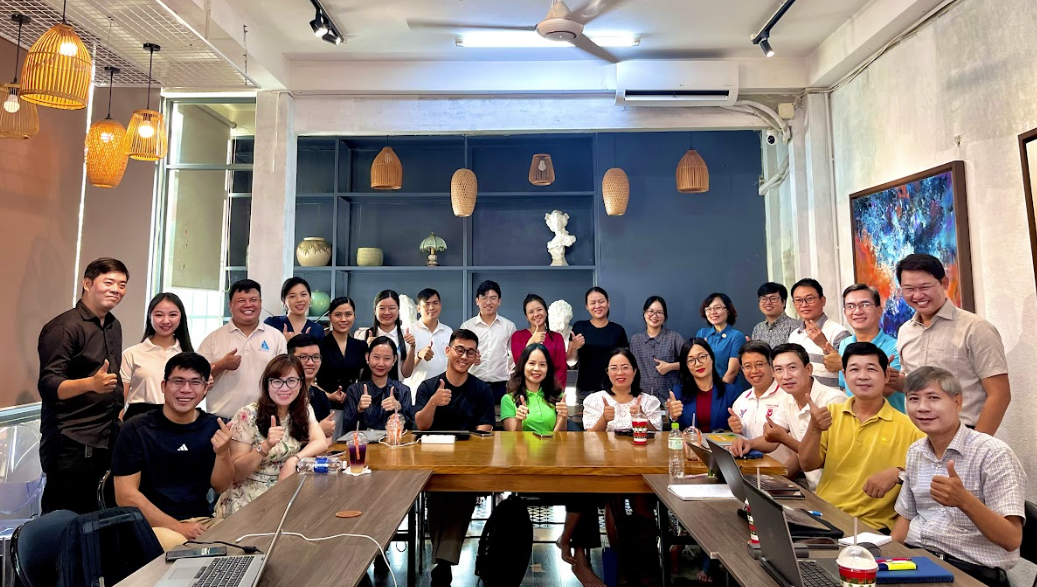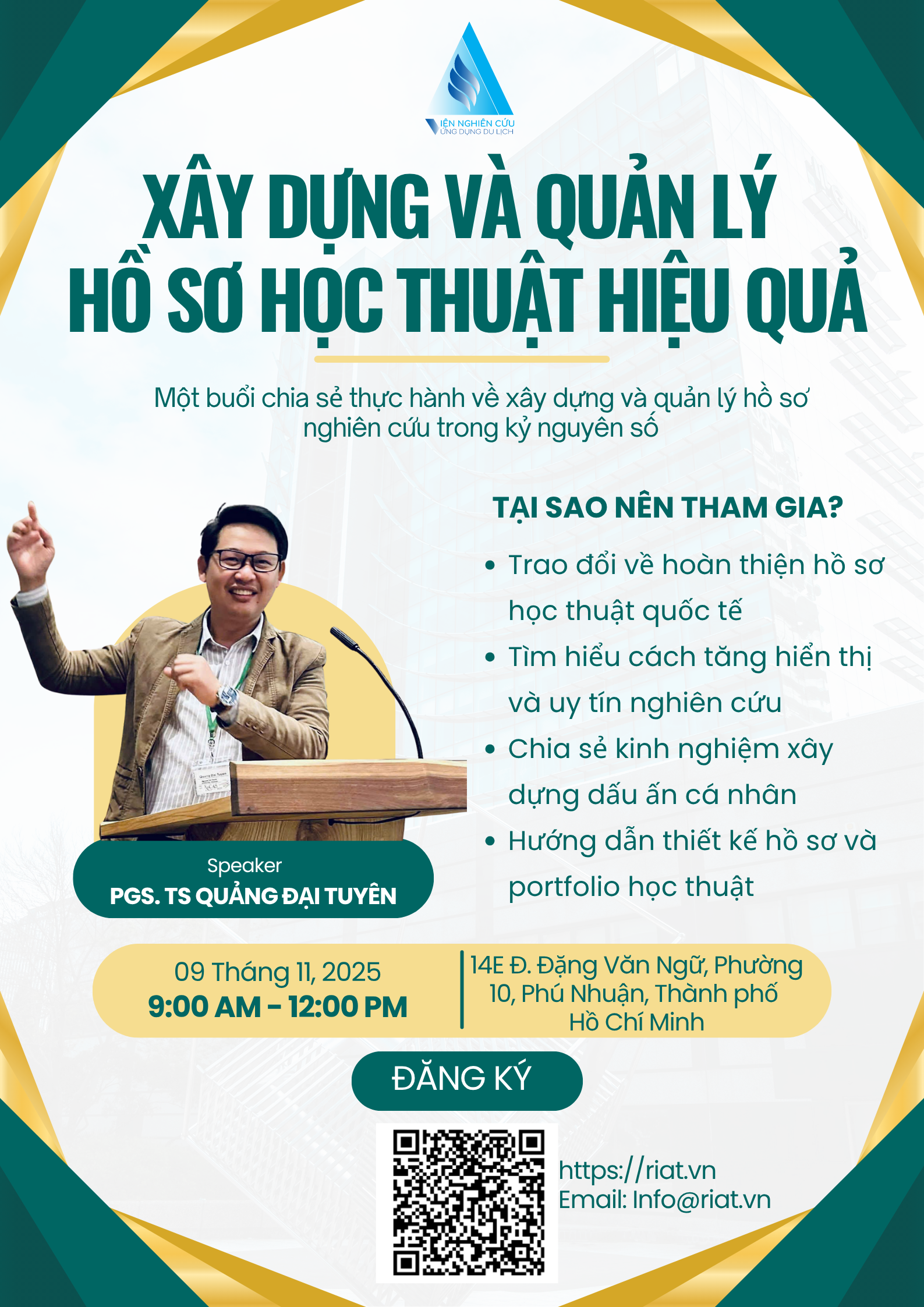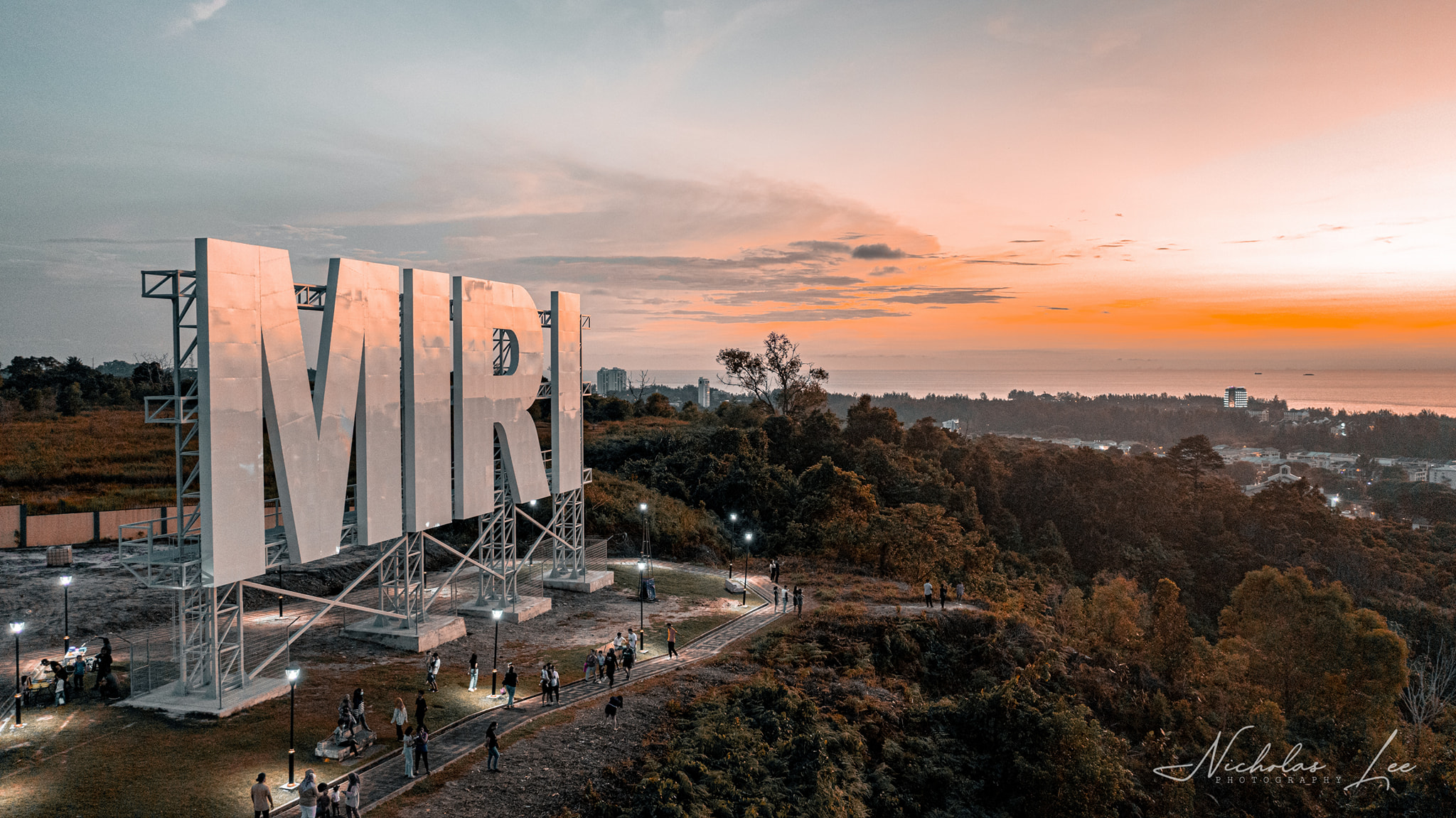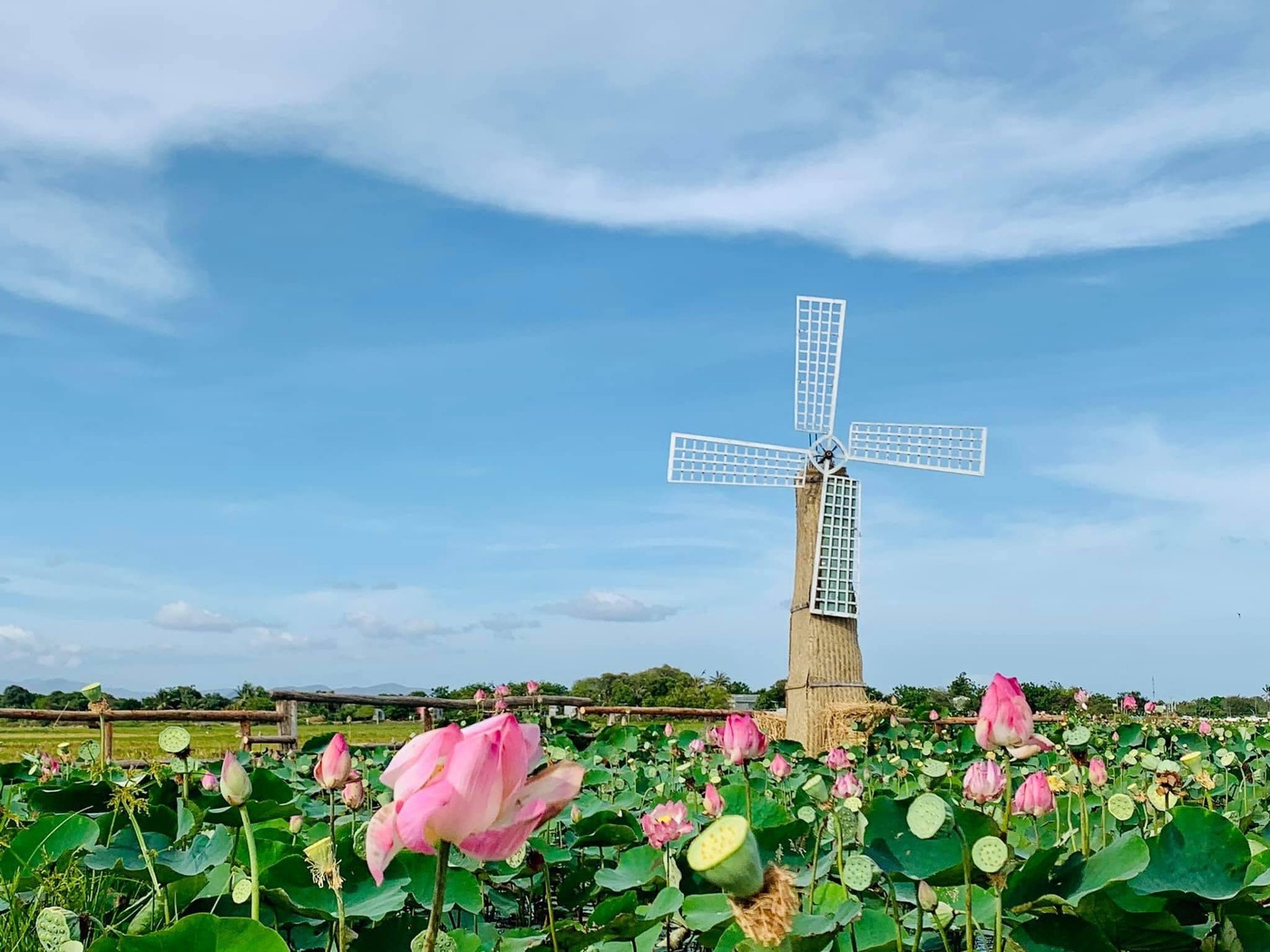This post is also available in:
Tiếng Việt (Vietnamese)
The introduction lays the foundation for the entire study by emphasizing the profound disruptions the global tourism industry has faced due to the COVID-19 pandemic, and by presenting two strategic research approaches from James Cook University (JCU), Singapore campus. From analyzing tourists’ dietary preferences to health protection behaviors and the role of media, this section proposes a scientific framework to promote a safer, more personalized, and sustainable recovery for the tourism industry.
Research Context and the Need for Structural Reform in Tourism
The COVID-19 pandemic profoundly transformed the global tourism industry, creating a “critical turning point” at which traditional tourism models must be reassessed through new lenses of health, safety, sustainability, and personalized experience. In this context, researchers at James Cook University Singapore conducted two applied research projects to explore the relationship between dietary preferences, health-protective behaviors, media interaction, and travel intention in the post-pandemic era.
These studies are not only academically valuable but also highly applicable, helping tourism organizations and policymakers shape effective recovery strategies.
Enhancing Destination Value Through Dietary Preferences
From Supply to Demand: An Unresolved Gap
Prior to the pandemic, many food service providers focused primarily on what they could supply, paying limited attention to personalization and the diverse dietary preferences of tourists. This resulted in a “value gap,” especially in destinations such as Singapore, which hosts visitors from various cultures, religions, and lifestyles. The JCU study highlighted that shifting from a supply-driven logic to a customer-centric approach offers a competitive edge in the tourism recovery phase.
Categorizing Dietary Preferences: More Than Personal Choice
The study surveyed 600 tourists from key source countries to Singapore, including the United States, United Kingdom, Australia, and India. The analysis revealed that:
- Nearly 70% of tourists have specific dietary requirements (e.g., vegetarian, gluten-free, low-sodium, high-protein)
- 44% report allergies or food intolerances
- 66% state that dietary preferences influence their choice of destination
- 67% are willing to pay more for meals tailored to their needs
These findings indicate that dietary preferences are not peripheral—they are decisive components of the travel experience.
Practical Implications and Strategic Recommendations
The study proposed several actionable strategies for destinations such as Singapore:
- Increase responsiveness to religious and medical dietary requirements
- Offer customized menus aligned with various health and lifestyle segments
- Provide hospitality training on nutritional needs and limitations of different traveler groups
- Promote “inclusive gastronomy” as a post-pandemic competitive advantage
Notably, while Singapore scores highly on overall tourism satisfaction (88%), only 50% of tourists feel their dietary preferences are met—a gap that, if addressed, could significantly improve tourist loyalty and return rates.
Post-Pandemic Travel Intention and the Extended PMT Model
Tourism Reimagined: From Health Protection to Information Control
As health concerns rose to prominence after COVID-19, JCU Singapore approached the phenomenon by extending the Protection Motivation Theory (PMT) to understand travel behavior through two new lenses: health-protective behavior and media engagement.
PMT traditionally explains how individuals respond to health threats via cognitive factors such as perceived threat and coping ability. The current research incorporates two additional mediating variables that reflect the unique characteristics of the pandemic—especially as it unfolded in the digital age where information spreads with unprecedented speed.
Media Engagement: A Double-Edged Sword
Preliminary findings suggest that social media plays a dual role. On one hand, it provides official information, increasing reassurance. On the other, rumors, personal opinions, and co-created content may heighten anxiety or mislead perceptions of destinations. These communication behaviors—framed as a form of non-pharmaceutical intervention—must be effectively managed if destinations aim to restore a positive image.
Health-Protective Behavior: A Determinant of Destination Trust
The second factor—health-protective behavior—includes tourists’ attitudes toward mask-wearing, social distancing, hand hygiene, and vaccination. Tourists who perceive that destinations support such measures are more likely to plan a trip. This implies that policy and communication must ensure transparent, proactive, and personalized safety information.
Conclusion and Policy Implications
The two research projects from JCU Singapore provide a solid scientific foundation for designing smart, safe, and adaptive tourism recovery strategies.
On one hand, tourists’ dietary preferences now play a behavior-shaping role, influencing both return intention and spending. Personalizing food is not merely a nutritional matter but also a cultural and emotional touchpoint. On the other hand, health-protective behavior and media-shaped trust are decisive factors determining whether post-pandemic travel occurs at all.
Destinations should proactively develop adaptive food service capacities, implement flexible menu design, enhance hospitality workforce training, and coordinate official communication—particularly across social media platforms—to build an image of safety, responsiveness, and modernity.
A Call for Collaboration and Expanded Research
Professor Abhishek Singh Bartay and the research team welcome partnerships with academics, tourism industry stakeholders, and tech innovators to expand the research into other Southeast Asian destinations. The goal is to build an ecosystem of data and insight to enhance the resilience of the tourism sector through evidence-based decision-making.
